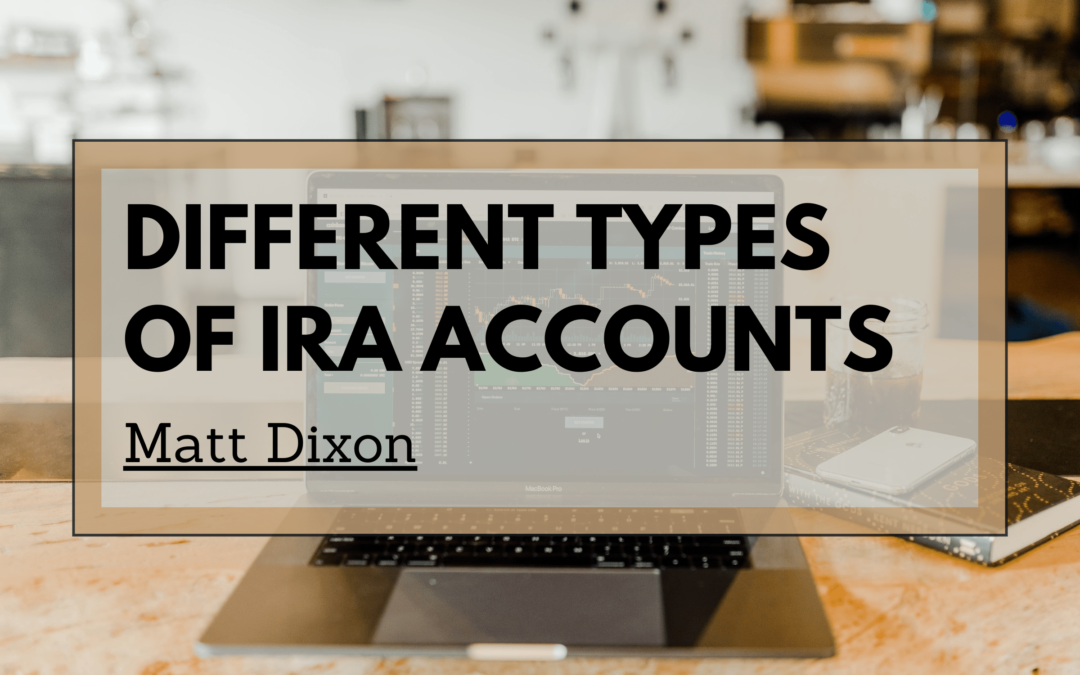An IRA, or an individual retirement account, is one of the best tools you can use to save money for retirement. In order to get the most financial benefit out of an IRA, though, it’s important to pick the right type. Here are five common IRA types all consumers should be aware of.
Traditional IRA
The most common type of IRA is the traditional IRA. This type of account allows investors to contribute up to $6,000 of their pre-tax income annually, which is then deducted for tax purposes. When money is withdrawn at retirement, the earnings in the account are taxed at the contributor’s standard income tax rate.
Roth IRA
Arguably the best type of individual retirement account from a long-term tax perspective is the Roth IRA. While contributors are taxed on the income they put into a Roth IRA, this account is allowed to grow tax-free. When the contributor reaches retirement age, he or she can withdraw the money without paying any taxes on earnings. The Roth IRA also allows withdrawals to be made on a penalty-free basis prior to retirement.
Self-Directed IRA
For financially savvy investors, the self-directed IRA offers considerable benefits in terms of diversification. In other types of IRAs, contributions must be invested in common assets, such as stocks and bonds. In a self-directed IRA, the contributor can invest in less common types of assets, including precious metals and real estate. Setting up a self-directed IRA is relatively difficult, but it can help diversify a retirement portfolio.
SEP IRA
The SEP IRA is a type of account designed to allow employers to create pension accounts for employees. SEP IRAs allow much higher contributions than traditional and Roth accounts, with the 2021 limit set at $58,000. The SEP IRA is often the most efficient account type for employee pensions. Sole proprietor business owners can set up SEP IRAs for themselves as a retirement pension mechanism.
Spousal IRA
For families in which one spouse works and the other doesn’t, a spousal IRA is a good solution for ensuring both have retirement savings. In a spousal IRA, the non-working spouse has his or her account funded from the salary of the working spouse. In order to set up a spousal IRA, the couple must file a joint tax return.
While there are other types of IRA accounts, these five cover almost all common situations. Each consumer has different needs, but one of these five account types should be the right fit for virtually anyone trying to save and invest for future retirement.
